Disclaimer: This post contains affiliate links. If you choose to purchase something after clicking a link, I may receive a commission at no extra cost to you (learn more). Thanks for your support.
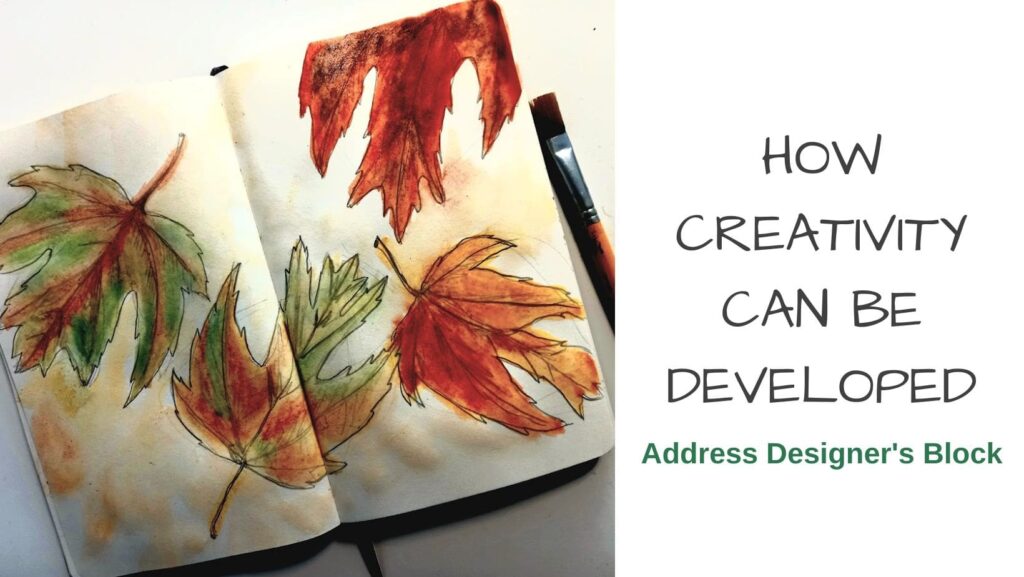
How Creativity Can be Developed
To understand how creativity can be developed, we must first understand it.
What is creativity?
Creativity is:
“the capacity to produce things that are orignal and valuable“ 1
The creative personality manifests in an openness to new experiences, less conventionality, less conscientiousness, confidence, self-acceptance, drive, ambition, dominance, hostility and impulsiveness.2 I’m not sure I want to aim for the last 3 traits but the rest are positive aspirations.
Creativity is made up of various components including talent, mental health, and different perspectives and it is highly influenced by intrinsic motivation toward the task at hand. Further to that, where there is external motivation then creativity is actually decreased.3
Another key component of creativity is knowledge (as required for problem-solving) however, too much knowledge may also restrain creativity. Also, age can affect creativity due to the brain development of the pre-frontal cortex which is at the height of its capacity mid-life.4
To reflect on the above definition of what creativity is, it seems to me that there are several things within our control including motivation, knowledge, perspectives and to an extent, what’s going on in our brains, which we have the ability to control.
Wellbeing - The Brain

The brain is extremely complex and I am not an expert in this area so if you do suffer mental health challenges please work with a professional. What I can say, is that I have had my own challenges. I have seen through counselling, lots of reading, lots of listening to podcasts and coaching that it was absolutely possible for me to make huge changes in my life. I have changed the way I think and how happy I feel. I found this, along with intrinsic motivation, the biggest step to unlocking my internal creativity because it made me feel free. When you have more inner calm you are better able to look outwards with curiosity, observe the world, connect with people and solve problems.
According to the Mental Health Foundation 1 in 5 people are living with a mental illness and 1 in 25 people with a serious mental health illness. That’s huge, and we need to get comfortable talking about it. I think the global challenges which are starting to affect us will only make this more important.
I have also written an article on Well-being and Performance which may be helpful.
Goals
When it comes to motivation, this really comes down to your own purpose, your values and your goals. These need to be highly meaningful to you. I have written an article on goal setting, so if you are not yet clear on yours, then check it out. In terms of how creativity can be developed – goals are a big part.
Steps
Once you have addressed wellbeing and goal-setting then there are some further things that can really get your creativity in flow.
Get Clear on Your Project Purpose
The link between project purpose and creativity is motivation. If you are behind the project goals and you feel aligned with your team, you will feel more intrinsic motivation to work towards a better outcome.
A good project starts with really good project goals. Project briefs are often written to solve a specific issue, but may not address the full potential of that project. I suggest taking the following steps:
- challenge the brief as a team
- work together to brainstorm opportunities
- define and record really clear objectives and a vision statement
When at the beginning of your career you are probably not in the position to manage project teams and influence project management and objective setting, however, I wanted to let you know how a well-run project starts. This will enable you to ask the right questions.
There were times in my 10 years of practice when I saw projects lacking quality, or where the design was reworked late in the programme to save cost. In the process, all the valuable parts were sacrificed and I completely lost motivation and I definitely lost creativity. These projects almost always lacked clarity of vision.
Seek Inspiration
Once you are clear on your project vision you can look at examples. Any good research project begins first by looking at the existing research. Why should design be any different. You have a wealth of resources at your fingertips on the internet, so you can be up to speed with best practices. Of course, don’t directly copy anybody else’s work which has legal implications and would mean that you are not considering the unique aspects of the site you are designing.
Some websites I like to use for inspiration include:
Do something to get present
Trick your brain by changing things up and doing a task you know gets you into a flow state. That will mean you stop thinking too much, getting you more into your body. I believe the more mindful and present you are and the more fun you are having with the design, the more creative you will be. The activities I do to get into a flow state include playing music, sketching and exercising. You could also simply do a mindfulness exercise. There are various apps to help you with this if you don’t know where to start. Eg. Headspace and Calm.
Let loose with a pencil

Just start drawing. Stop trying to solve a problem and just have fun with a pencil. You could even start by sketching something that inspires you.
Have the right tools available
When I find software too laborsome I get stuck on the technicality and loose flow. I’m definitely a fan of hand drawing. After that, I think it’s good to stay with loose software as long as possible.
One of my favourites for graphic design is Canva. I love it so much that I became an affiliate which means if you purchase the pro version through one of my links, I’ll get a commission. You can also use it for free and it still has great functionality! It is such an easy way to quickly throw together images, symbols and graphics to create diagrams, layouts, posters etc., without getting caught up in the details. I use it for most of my graphics on this website.
Get into Nature
Finally, connecting with nature is huge. I wrote a whole article on it. So go for a walk in the wilderness or use nature’s colour, patterns and forms as inspiration. It will work wonders and if you want to know why, you can read more here!
There you have it. We explored what creativity is and how creativity can be developed through well-being, goals and taking 6 Steps. If you found this useful or have further questions then please do comment below.
Book Your Free 30-minute Consultation
- Gaut, B. (2010). The Philosophy of Creativity: Philosophy of Creativity. Philosophy Compass, 5(12), 1034–1046.
- Feist, Gregory J. ‘The Influence of Personality on Artistic and Scientific Creativity.’ Handbook of Creativity. Ed. Robert J. Sternberg. Cambridge: Cambridge UP, 1999. 273–96.
- Russ, S. W. (1999). Affect, Creative Experience, and Psychological Adjustment. Psychology Press.
- Dietrich, A. (2004). The cognitive neuroscience of creativity. Psychonomic Bulletin & Review, 11(6), 1011–1026.
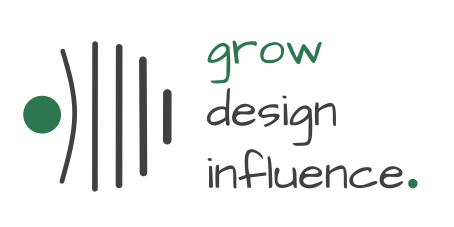
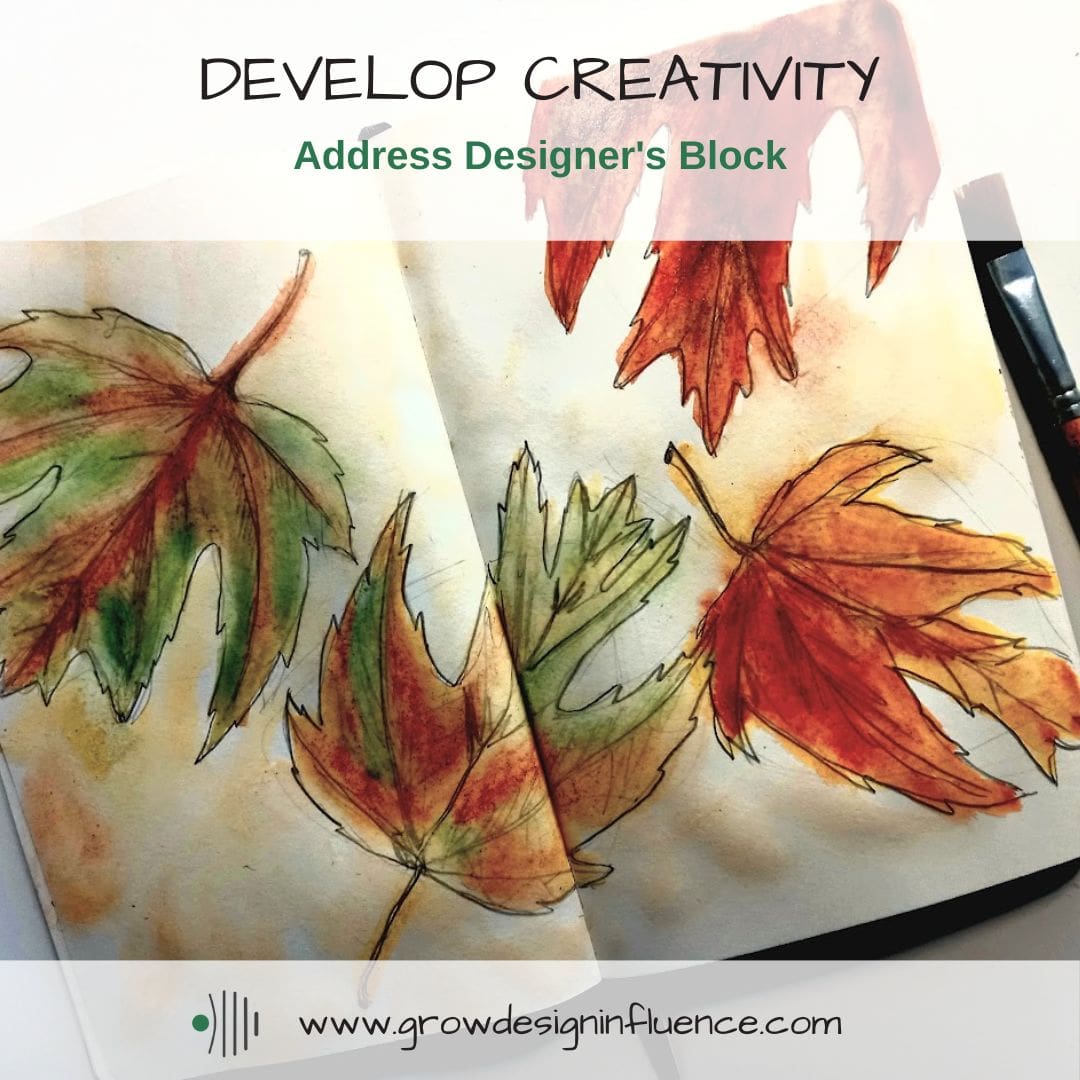


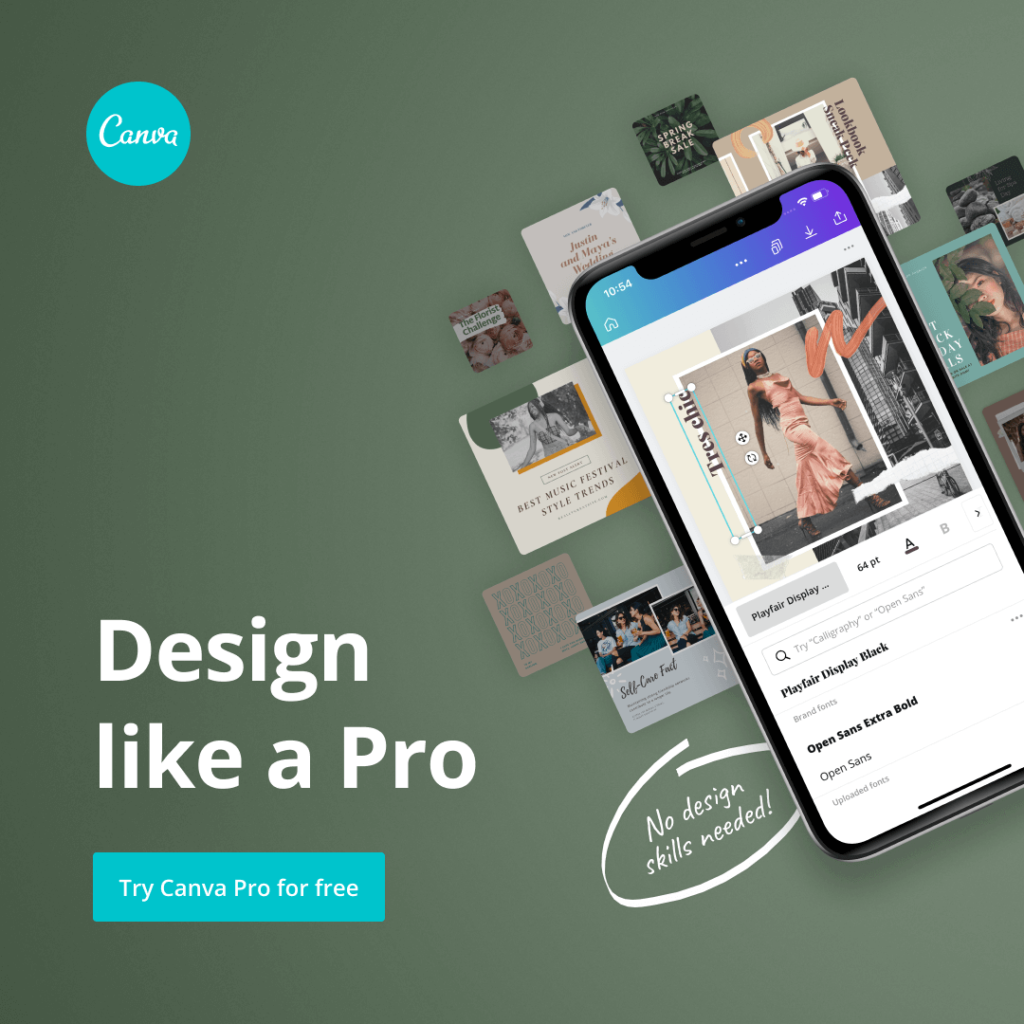

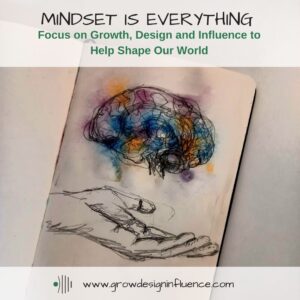

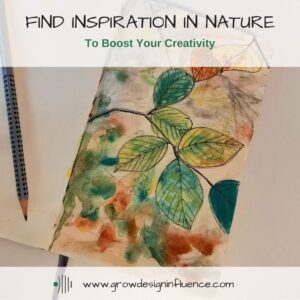
Pingback: Visual Communication Tools in Design -